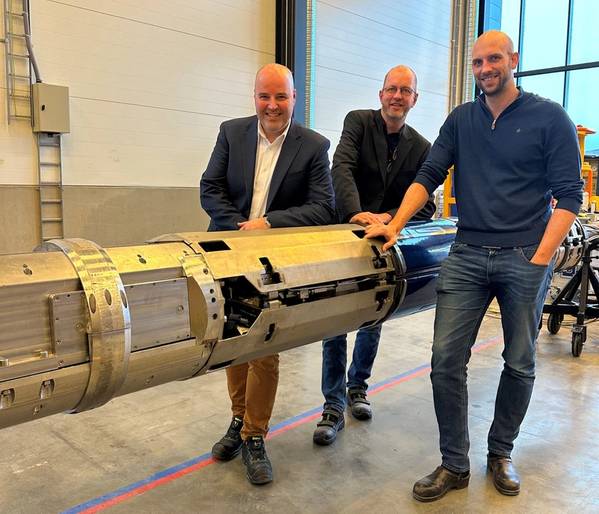
Optime Subsea has been contracted by Equinor to deliver two Remotely Operated Control Systems (ROCS) for use at the operator’s Irpa field development in the Norwegian Sea.
Optime Subsea will manufacture the two ROCS systems at the company’s headquarter in Notodden, Norway, and deliver them to Equinor’s offshore base at Sandnessjøen in North Norway in 2025. Optime Subsea has not disclosed the value of the contract.
Equinor will use one system for a well completion campaign at Irpa that is planned for 2026, while the other will be a back-up system.
Irpa, formerly called Asterix, is a gas field located at a depth of approximately 1,350 meters in the Norwegian Sea, and is said to be the deepest field on the Norwegian continental shelf. It will be developed as a tie-in to the Aasta Hansteen FPSO.
The Irpa gas volumes may supply just over 2.3 million UK households with gas for seven years, Equinor said earlier.
The gas discovery is located almost 80 kilometers from the Aasta Hansteen field, and the development will extend the field’s productive life by seven years, up to 2039.
The latest award comes only three months after Equinor ordered a ROCS for use at its Rosebank field, west of Shetland in UK.
Optime Subsea's ROCS eliminate the need for both the umbilical, which traditionally connects the surface to the seabed for controlling the tubing hanger in subsea well completions, and the topside hydraulic control unit.
This innovation is said not to only cut costs but also reduces the amount of deck space required for these operations.
Utilizing ROCS also creates HSE benefits as the system reduces the need for personnel in the red zone on the rig. Further, it provides operational and financial benefits through faster installation and subsea well completion operations. This innovative approach holds particular value for deepwater fields such as Irpa.
“We said in January, when we were awarded the ROCS for the Rosebank field, that we hoped that this marked the beginning of an exciting collaboration between Optime Subsea and Equinor. We look forward to proving the many benefits ROCS bring at the Irpa field development, and to cooperating with Equinor on another project,” said Trond Løkka, chief innovation officer at Optime Subsea.


